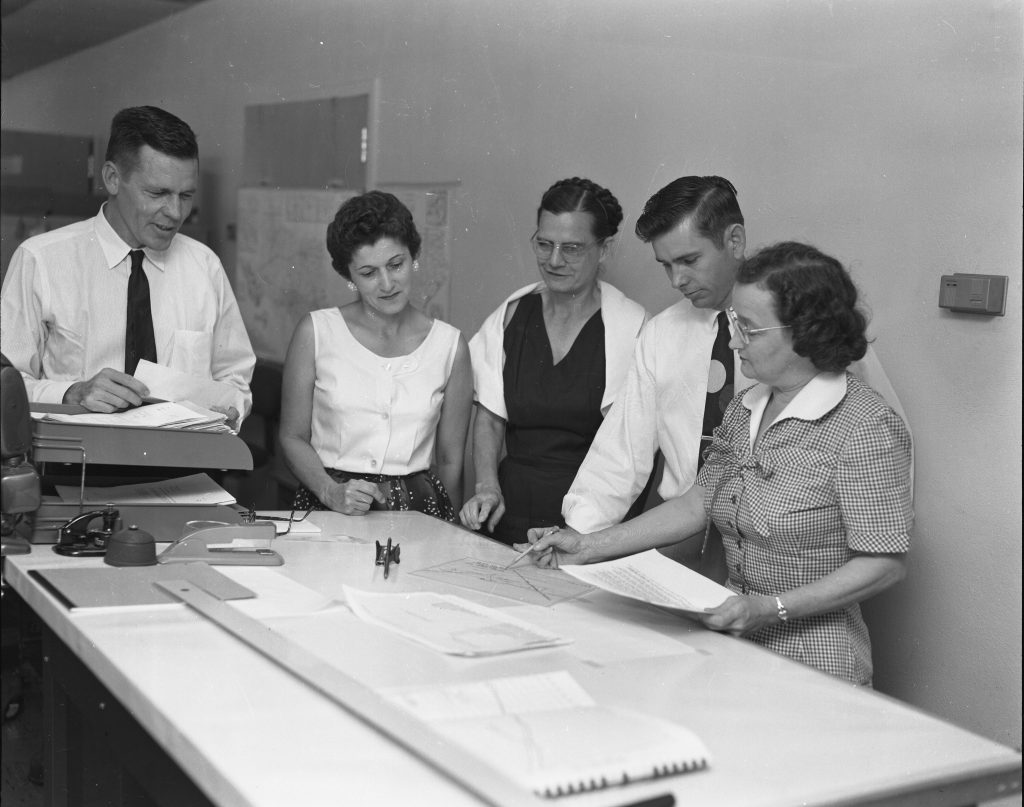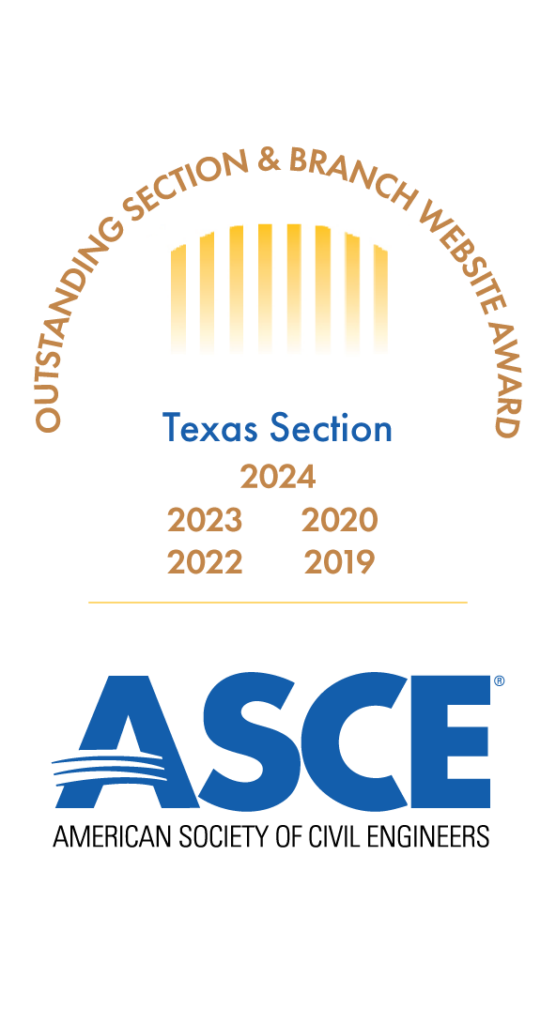5 Things You Didn’t Know About the History of Women in Engineering
June 2021
By Melinda Luna, PE | History & Heritage Committee Chair
In March, Texas Civil Engineer (TCE) featured an article on Leah Moncure PE who was the first women professional engineer in Texas. The Texas Engineering Act was passed in 1937 and Ms. Moncure received her professional engineering license the following year. While her life & work has been widely publicized, there are many other women in engineering that are not as well known.
Here are five things you did not know about the history of women in engineering:
- The second women professional engineer was Elizabeth “Betsy” E. Pirie in 1953. She worked alongside Leah Moncure at the Right of Way Division. Next was, Virginia Helton PE, who was licensed in 1956. Ms. Helton worked in the Dallas District designing highways and bridges. In the 1950s, there were around 700 licensed engineers at the Highway Department of Texas, of which 3 were these trailblazing women: Moncure, Pirie, and Helton.
- The first women known in the United States to earn a Professional Engineering license was in 1923. Anne Gertrude Garrell Adams PE was from the state of Indiana, where they passed their Engineering Act in 1921. Ms. Adams worked as a civil/architectural engineer alongside her husband, Edwin Lee Adams. The second women to be licensed in Indiana was Dr. Liliam Gilbreath in 1936, then Sara C. Willougby in 1949.
- The first women to get an official engineering degree in Texas was Alma C. Giesecke Hodges in 1917. She received her Bachelor of Science in Architectural Engineering. She was the daughter of Fredrick E. Giesecke, who was one of the founders of the Texas Section of the American Society of Civil Engineers (ASCE). Additional engineers, like Mary Lockett Huston Nelson and Sophie Palmer Huston Rollins, completed a civil engineering program from Texas A & M University in 1903, yet they only received a certificate. The Huston sisters attended Texas A & M University, an all-male military school at the time, because Charles W. Huston–their father, was an English/History professor there.
- Edith Clarke became the first professor of electrical engineering, teaching for 10 years at the University of Texas at Austin. In 1947, she was the first women to teach engineering at the university level. She paved the way in several way, including in 1919, Ms. Clarke earned her master’s degree in electrical engineering at the Massachusetts Institute of Technology. She was also the first women in Tau Beta Pi and the first women fellow of the American Institute of Electrical Engineers. She invented the Clarke Calculator and an early graphing calculator. Similarly, she wrote Circuit Analysis of A-C Power Systems, a textbook in the field of power engineering. Ms. Clarke also worked in the design and building of hydroelectric dams in West Hoover.
- The Society of Women (SWE) was organized in 1950. The group’s mission is to empower women to achieve their full potential in their careers as engineers and leaders, expand the profession, and demonstrate the value of diversity and inclusion. In 2016, SWE Research was created to look at gender equity in education and the engineering workforce. Similar programs, such as the Women in Engineering at UT Austin created in 1992, help women to advance in engineering or other science and technology fields. All groups helping to achieve about 13% of women in engineering in the workforce (2019).



